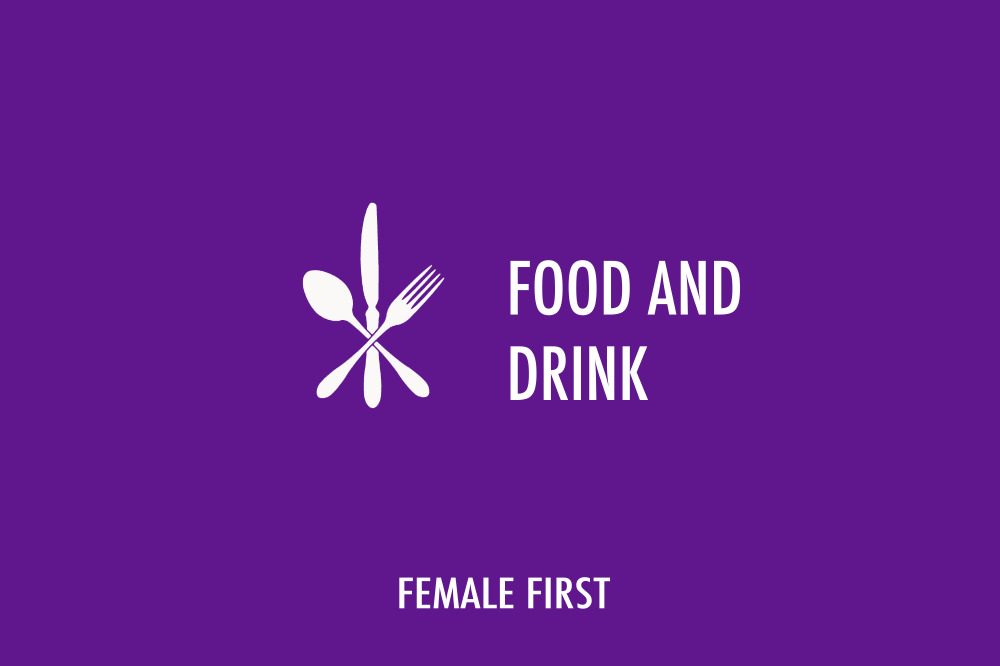We all know the pop of the cork out of the bottle but what do we really know about the bubbly Spanish drink? Well sit back, pop a bottle and pour a glass as we tell you a bit about this sassy Spanish sparkling wine and how it’s going to take your summer to the next level.

Food and Drink on Female First
What exactly is Cava?
Cava is a sparkling wine of Denominación de Origen (DO) status from the Catalonian region of Spain – of Denominación de Origen (DO a regulatory classification system used primarily for Spanish wines but also for other culinary delights including cheese, honey and meats. The DO status signifies origin and quality amongst Spain’s finest producers, so you know you’re getting and serving the best!
This delightful sparkling has gorgeous aromas of fruit and hints of yeast, making it a perfectly balanced tipple. The best part? It’s an extremely versatile and food friendly sparkling wine that goes beautifully with a variety of foods and dishes – including the summer favourites like fresh seafood, strawberries and soft and hard cheese.
What does Cava mean?
Cava takes its name from the Catalan word ‘cava’, meaning cave or cellar. The name refers to the caves that were used in the early days for the preservation or aging of this sparkling wine in the early days of its production back in 1700’s Spain. Catalan winemakers officially adopted the term in 1970 to differentiate their product from the nearby French champagne.
Did you know that Cava is made the same way as Champagne?
Champagne appreciators may be surprised to note that Cava is made with the methode traditionelle, the same technique for Champagne creation and the most respected method for quality sparkling wine. As occurs in the production of Champagne, this is a longer process that sees the fermentation and transformation from still to sparkling wine occur entirely inside the bottle, unlike Prosecco and other sparkling iterations.
As a minimum, Cava must be aged for 9 months but most producers have different products from a variety of ageing schemes. Campo Viejo’s Gran Cava Brut Reserva is aged as a Brut Reserva for 18 months.
Conversation Piece: What’s in a grape?
There are three types of grape used in Cava production, Xarello, Parellada and Macabeo grapes from the Penedès area, with each one of these Spanish grapes offering depth and personality to Cava.
Serve like a Party Queen
Not satisfied with just serving a glass of Cava? Then consider this serving tip from Maria Huete, Wine Ambassador for Campo Viejo, “One of my party tricks is to serve a glass of Cava with a fluffy ball of candy floss on top. When it breaks it just melts in with the Cava to make wonderfully delicious bubbles. Another secret of mine is to serve with frozen fruits like berries - not only will it look and taste delightful, it also keeps your Cava cool”
A sure-fire way to be the toast of any boomerang action on the gram!
What to pair with
This gorgeous, bubbly wine is so versatile and food-friendly and the perfect choice for sunny, warm, summer get togethers. From the beautifully smoky flavours of barbecue-cooked vegetables like red peppers and garlicky mushrooms, grilled over an open flame, to everyone’s favourite dip, hummous. Think summer treats like lime or lemon sorbet, sweet strawberries, fresh pears or crispy apples. And when you’re looking for something bigger, you may be surprised to know that Cava is also the perfect partner for some of the hottest food trends out there as well, like fried chicken – so it can take you from summer days to delicious nights out.
Girl, you got the facts. Now go grab a bottle and party hard like the heatwave we’ve been having!
Producers of the UK’s #1 red wine, Campo Viejo, have been producing their sophisticated Gran Campo Viejo Cava Brut Reserva for more than 20 years, which is available for £11.60 from all major retailers.

Tagged in Wine

